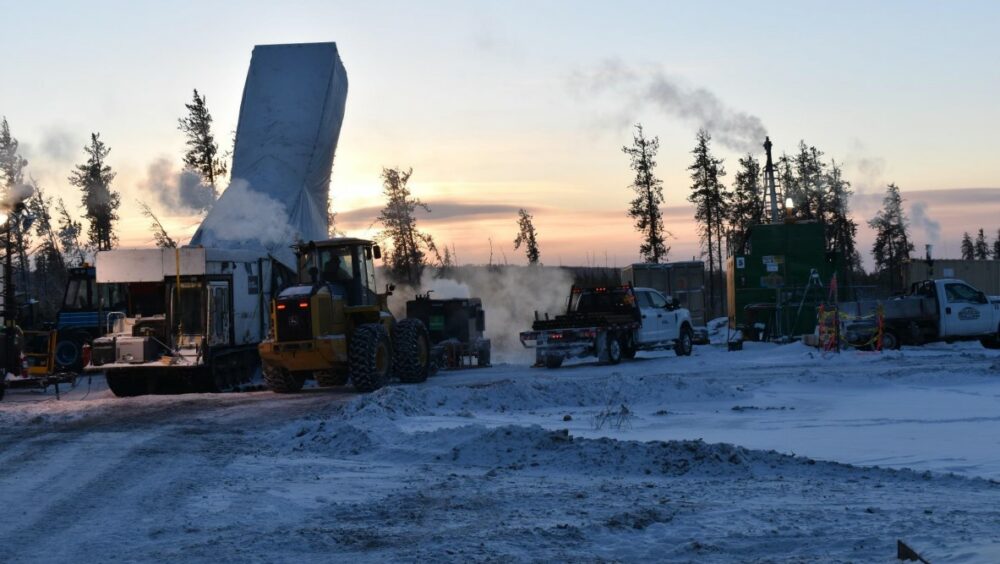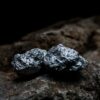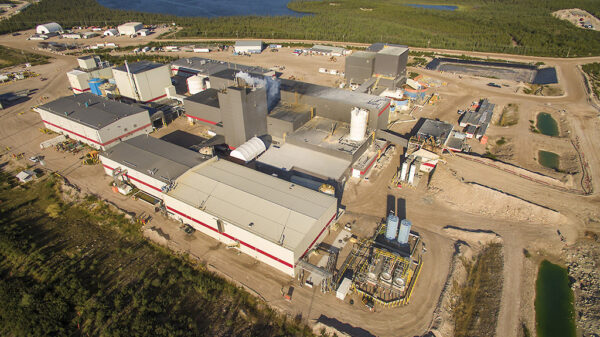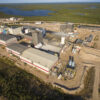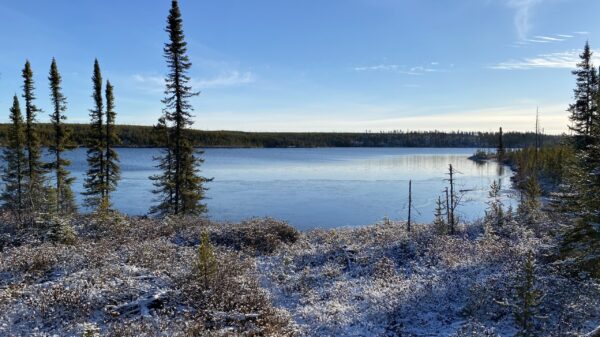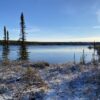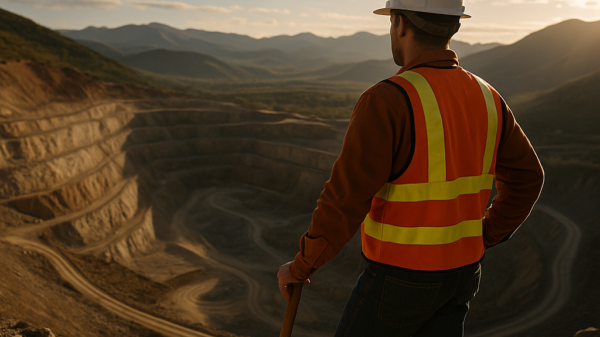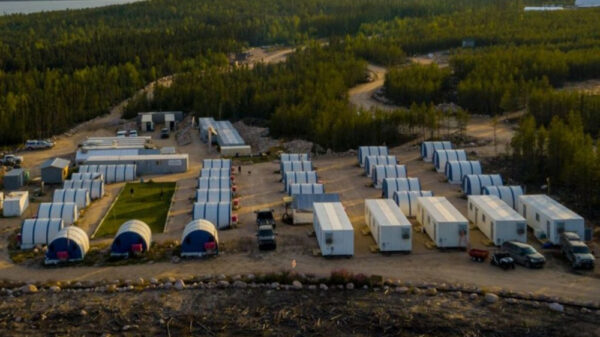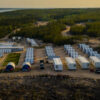F3 Uranium Corp. (TSV: FUU) (OTCQB: FUUFF) found off-scale radioactivity during its JR Zone summer drilling campaign.
The company announced scintillometer results from the original eight holes of its ongoing 30-hole summer drill program at the JR Zone on the Patterson Lake North Property on the Athabasca Basin.
The drill core’s natural gamma radiation was measured using a handheld Radiation Solutions RS-125 scintillometer. The company considers readings above 300 counts per second (cps) on the handheld device as unusual, readings above 10,000 cps as indicating high-grade materials, and readings exceeding 65,535 cps as off the scale.
Select highlights from three holes include:
PLN23-068 (line 060S):
- 19.0 meters mineralization from 228.0 meters to 247.0 meters, including 8.09 meters composite mineralization of >10,000 cps radioactivity between 233.60 meters to 245.00 meters including 6.00 meters off-scale radioactivity (over 65,535 cps) between 234.00 meters and 245.00 meters, of which 5.00 meters is continuous.
PLN23-063 (line 030S):
- 13.5 meters mineralization from 233.0 meters to 246.5 meters, including
- 0.70 meters continuous mineralization of over 10,000 cps radioactivity between 237.30 meters to 238.00 meters
- 0.43 meters continuous mineralization of over 10,000 cps radioactivity between 243.73 meters to 244.16 meters
PLN23-064 (line 105S):
- 17.5 meters mineralization from 233.0 meters to 250.5 meters, including
- 0.40 meters composite mineralization of over 10,000 cps radioactivity between 237.88 meters to 241.5 meters with a peak of 35,500 cps over 0.12 meters from 237.88 meters to 238.00 meters.
The JR Zone was expanded to line 135S, making it 50 per cent longer, reaching a total length of 156 meters. This expansion happened by moving 30 meters away from line 105S, where PLN23-66 showed 16.5 meters of combined mineralization between 219.0 meters and 260.5 meters.
“PLN23-067 stepped out to line 135S, and although the radioactivity is less intense, there is mineralization over a 16.5 meter interval, which sets us up for further step outs towards the south,” said Sam Hartmann, vice president of exploration for F3 Uranium.
“A second sonic drill in addition to a second diamond drill later this month will see the inclusion of some exploration drilling along the A1 main shear, as well as contribute to JR Zone expansion drilling.”
Shares of F3 Uranium rose 7.3 per cent to $0.365 on Tuesday on the TSX Venture Exchange.

Drill plan update for Patterson property. Image via F3 Uranium.
Read more: Skyharbour Resources to acquire Athabasca Basin uranium project from Denison Mines
Read more: Uranium Energy Corp secures $18M supply agreement with U.S. government
The Athabasca Basin holds 25 per cent of the world’s uranium reserves
The Athabasca Basin in Saskatchewan, Canada, is renowned for its significant uranium deposits and plays a crucial role in global uranium production. It contains about 25 per cent of the world’s uranium reserves, making it a vital source of nuclear fuel. The uranium deposits found in the Athabasca Basin are renowned for their exceptional quality, with ore grades often exceeding 100 times the global average uranium concentration.
Production at McArthur River and Key Lake mines in the basin was temporarily halted for around four years starting in January 2018 due to a weak global uranium market. However, in February 2022, Cameco (TSX: CCO) (NYSE: CCJ) announced the next phase of its supply strategy, as market conditions improved and long-term contracting activity increased. As a result, it plans to restart operations at both McArthur River and Key Lake mines.
Other uranium miners operating in the Basin include NexGen Energy (TSX: NXE) (NYSE: NXE), CanAlaska Uranium Ltd. (TSX-V: CVV) (OTCQX: CVVUF) (FSE: DH7N), (OTC: BURCF) (FSE: 6NP0), Azincourt Energy (TSX-V: AAZ) (OTCQB: AZURF) Basin Uranium Corp. (CSE: NCLR) and Baselode Energy Corp. (TSX-V: FIND) (OTCQB: BSENF).
.
Follow Joseph Morton on Twitter
joseph@mugglehead.com

